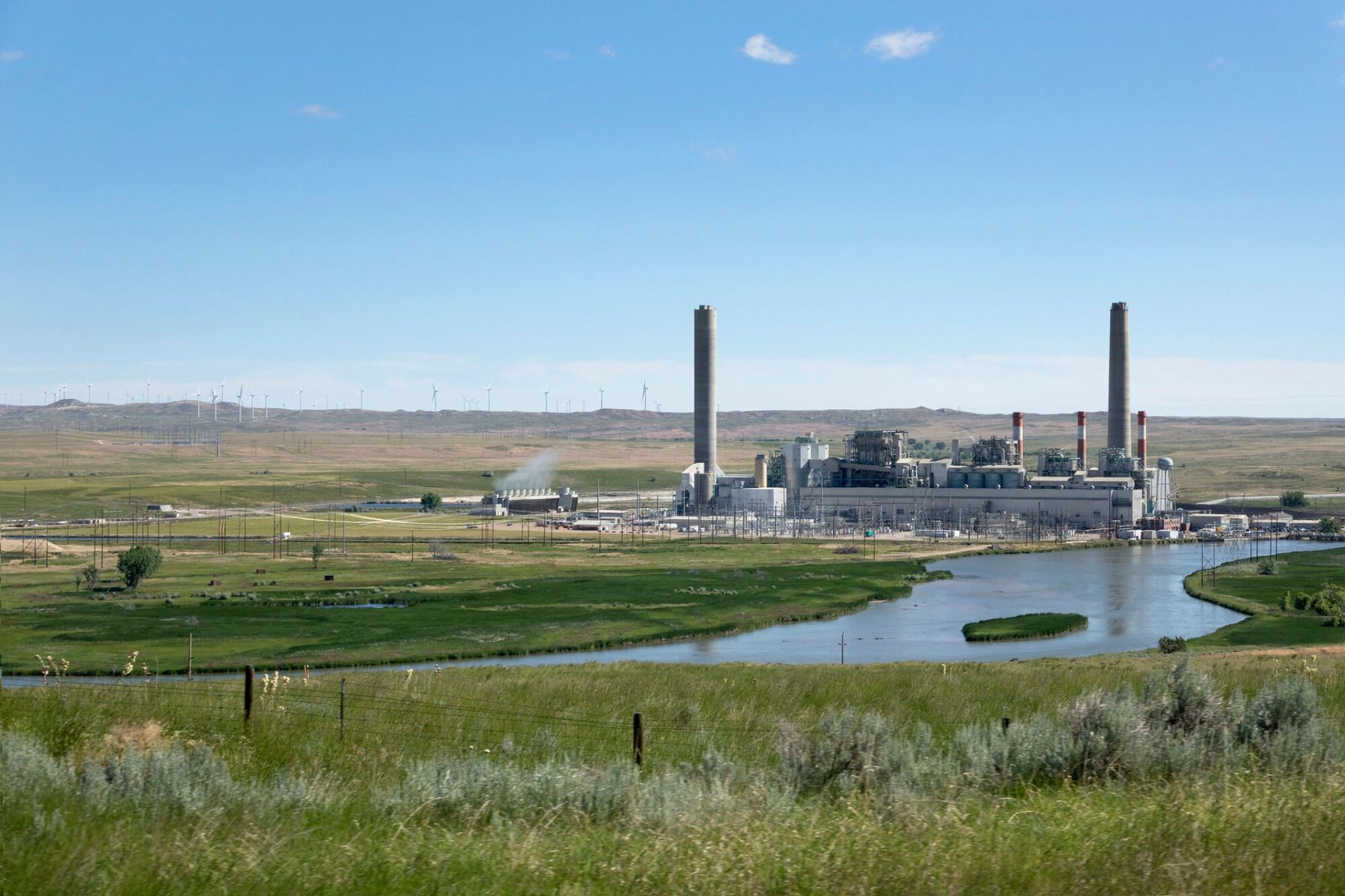
Doesn’t it seem like extreme weather events make headlines every day? Do you work with hazardous materials or chemicals and worry about how natural hazards may affect your business?
The United States (U.S.) Global Change Research Program’s Fourth National Climate Assessment predicts increases in temperature, sea level, coastal flooding, extreme heat events, hurricane rainfall and intensity, and frequency and severity of landfalling “atmospheric rivers” on the West Coast of the U.S., all of which may contribute to an increased risk of natural hazards to facilities using or storing hazardous materials and/or hazardous wastes. These natural hazards may damage facilities and potentially release chemicals into surrounding communities, —a risk to human health and the environment AND a liability to company and reputation.

Heavy snow in Brooklyn Heights, New York City
The current Administration, the United States Environmental Protection Agency (USEPA) and other agencies are taking steps to consider natural disasters and potential effects of climate change in regulations and in conducting compliance inspections.
With a goal to “bolster resilience to the impacts of climate change”, Executive Order (EO) 13990, Protecting Public Health and the Environment and Restoring Science to Tackle the Climate Crisis, was published in the Federal Register (FR) on January 25, 2021. This EO indicated that one of the current Administration’s policies was to direct executive departments and agencies to review federal regulations and actions and address those that conflict with the stated national objectives. In response to EO 13990, expect to see greater scrutiny on and regulation of facilities’ preparation for damage from natural hazards. Liabilities for releases during weather disasters will escalate.
USEPA is actively evaluating potential risks from climate change at facilities that make, use, or store hazardous chemicals (i.e., those facilities required by regulation to have risk management programs to prevent and prepare for accidental releases of hazardous chemicals [Risk Management Program (RMP) facilities]. The U.S. Government Accountability Office (GAO) found that 3,200 of the 10,420 facilities reviewed (approximately 31%) are located in areas with natural hazards—such as flooding, storm surge, wildfire, and sea level rise—that may be exacerbated by climate change. These data, combined with a review of challenges to RMP facilities in considering risk from natural disasters, resulted in six specific recommendations for USEPA to issue regulations, guidance, or both to clarify requirements and provide direction to facilities on incorporating natural hazards and climate change into risk management programs.
The USEPA agreed with all six GAO recommendations and has begun addressing these recommendations and the EO 13990 directive by issuing revised RMP regulations. On August 31, 2022, the USEPA published the Safer Communities by Chemical Accident Prevention (SCCAP) Rule in the Federal Register. The public comment period on the proposed rule ended on October 31, 2022, and the USEPA expects to complete the SCCAP Rule revisions by August 2023. The proposed compliance timeframes vary, with updates and revisions of Risk Management Plans due four years after the effective date of the Rule.
Relating to natural hazards, the SCCAP Rule does the following:
- Emphasizes that natural hazards (including those that result from climate change) and loss of power are among the hazards that must be addressed in RMP , and
- Requires justification when hazard evaluation recommendations are not adopted.
The Occupational Safety and Health Administration (OSHA) is also incorporating the consideration of natural hazards in the Process Safety Management (PSM) standard. OSHA held stakeholder meetings in September 2022 to solicit input on the current PSM rulemaking process. One of the expected changes to the PSM standard is adding a requirement to consider natural disasters and extreme temperatures in PSM programs. During the Stakeholder Meeting, the Acting Deputy Director for OSHA’s Directorate of Standards and Guidance indicated that “if your PSM covered process is in a facility that can be exposed to hurricanes, we expect that you cover that possibility as part of your process hazards analysis; similarly for flooding hazards and others such natural disasters”.

Massive destruction on Fort Myers Beach; aftermath of Hurricane Ian
What Can You Do?
- Evaluate your facility’s risk for natural hazards using Federal Emergency Management Agency (FEMA), National Oceanographic and Atmospheric Administration (NOAA), United States Department of Agriculture (USDA), United States Geological Survey (USGS) and other databases and risk indices.
- Address any increased risk of natural hazards when preparing emergency preparedness and response plans.
- Identify and implement redundancies in release prevention strategies and ensure safeguards are not susceptible to common mode failures (i.e., that all release prevention systems may fail as the result of the natural hazard).
- Consider secondary risks to your operations (e.g., how will smoke from a wildfire affect your facility even if the fire does not reach your property?)
- Work with community response organizations to understand what support may be available during a natural disaster.
- Monitor regulatory developments.
How Can TRC Help?
TRC assists clients in addressing environmental, health and safety risks associated with hazardous materials transportation, storage and use, as well as managing the various types of hazardous wastes that may be generated by a facility. We help develop emergency preparedness and response plans and procedures, strategize on climate resiliency, and implement management programs to ensure compliance with regulations and prepare for future risks. Contact our expert below to learn more.
